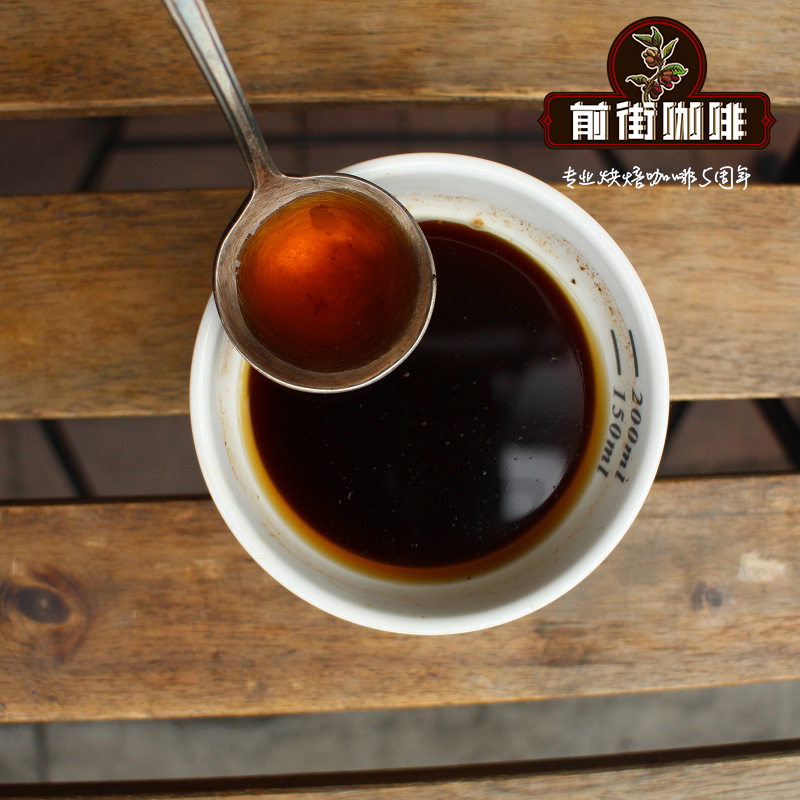What coffee beans do Indian coffee produce? do Indian coffee grow Arabica beans? Indian coffee production

Professional coffee knowledge exchange more coffee bean information please follow the coffee workshop (Wechat official account cafe_style)
The commercial cultivation of coffee began in India in the 18th century. Over the years, the Indian coffee industry has won a unique position on the world coffee map. India is the only country in the world where all coffee grows under "two-layer shaded evergreen legume trees". Today, there are 16 different varieties of coffee in India, which come from 13 different coffee-growing areas; most of them are in the south of the country. Different varieties of Indian coffee are ideal for cappuccino and espresso, and there are no similar products in other coffee-growing countries around the world. India's coffee zone is one of the 25 biodiversity hotspots in the world.
Production
In the 1950s, India's coffee production increased rapidly, from 18893 tons in 1950-51 to 68169 tons in 1960-61. However, in the post-liberalization era, the growth of India's coffee industry is particularly strong, thanks to the government's decision to allow coffee growers to sell their own products rather than to a central pool. From 2017 to 2018, India produced 316000 tons of coffee. Robusta varieties account for 221 000 metric tons (70%) of production and Arabica varieties account for 95 000 metric tons (30%). India has become the seventh largest coffee producer in the world, behind Brazil, Vietnam, Colombia, Indonesia, Ethiopia and Honduras. In 2017-18, China accounted for 3.3 per cent of global production and 5.4 per cent of global exports (preliminary estimates), compared with 3.15 per cent and 3.57 per cent in 1994-95, respectively.
Coffee cultivation in India has more than tripled, from 12.032 million hectares in 2017-1961 to 4.5472 million hectares (tentatively) in 1960-18. Most areas are concentrated in the southern states of Karnataka (53.83%), Kerala (18.89%) and Tamil Nadu (7.83%). The yield also increased from about 567kg / ha in 1961 to about 765kg / ha in 2017-18. Production in traditional areas increased from 412kg / ha in 1961 to 886kg / ha in 2017-18. The industry consists of about 280241 coffee growers, 99 per cent of whom are small growers and 1 per cent are medium to large growers. According to preliminary estimates for 2017-18, these plantations employ an average of about 659865 people per day.
END
Important Notice :
前街咖啡 FrontStreet Coffee has moved to new addredd:
FrontStreet Coffee Address: 315,Donghua East Road,GuangZhou
Tel:020 38364473
- Prev

Introduction to Indian Coffee producing areas are there any Indian Coffee products in India?
Professional coffee knowledge exchange for more information about coffee beans, please follow the coffee workshop (Wechat official account cafe_style) 5. ODISHA Orissa is the fifth largest coffee producing area in India, with an output of 550m tons. Arabica coffee is a kind of coffee grown in Orissa, which needs the right temperature and high rainfall to grow. Koraput, Rayagada, Phulbani and Keonjhar are
- Next

How to make coffee beans with coffee beans?
Professional coffee knowledge exchange More coffee bean information Please pay attention to coffee workshop (Weixin Official Accounts cafe_style) Once coffee cherries turn bright red on trees, farmers must pick them within two days, otherwise they will dry out. After picking, farmers have 12 hours to send ripe cherries to a pulping station or coffee washing station. In remote villages, far from laundry, farmers had to
Related
- Beginners will see the "Coffee pull flower" guide!
- What is the difference between ice blog purified milk and ordinary milk coffee?
- Why is the Philippines the largest producer of crops in Liberia?
- For coffee extraction, should the fine powder be retained?
- How does extracted espresso fill pressed powder? How much strength does it take to press the powder?
- How to make jasmine cold extract coffee? Is the jasmine + latte good?
- Will this little toy really make the coffee taste better? How does Lily Drip affect coffee extraction?
- Will the action of slapping the filter cup also affect coffee extraction?
- What's the difference between powder-to-water ratio and powder-to-liquid ratio?
- What is the Ethiopian local species? What does it have to do with Heirloom native species?

